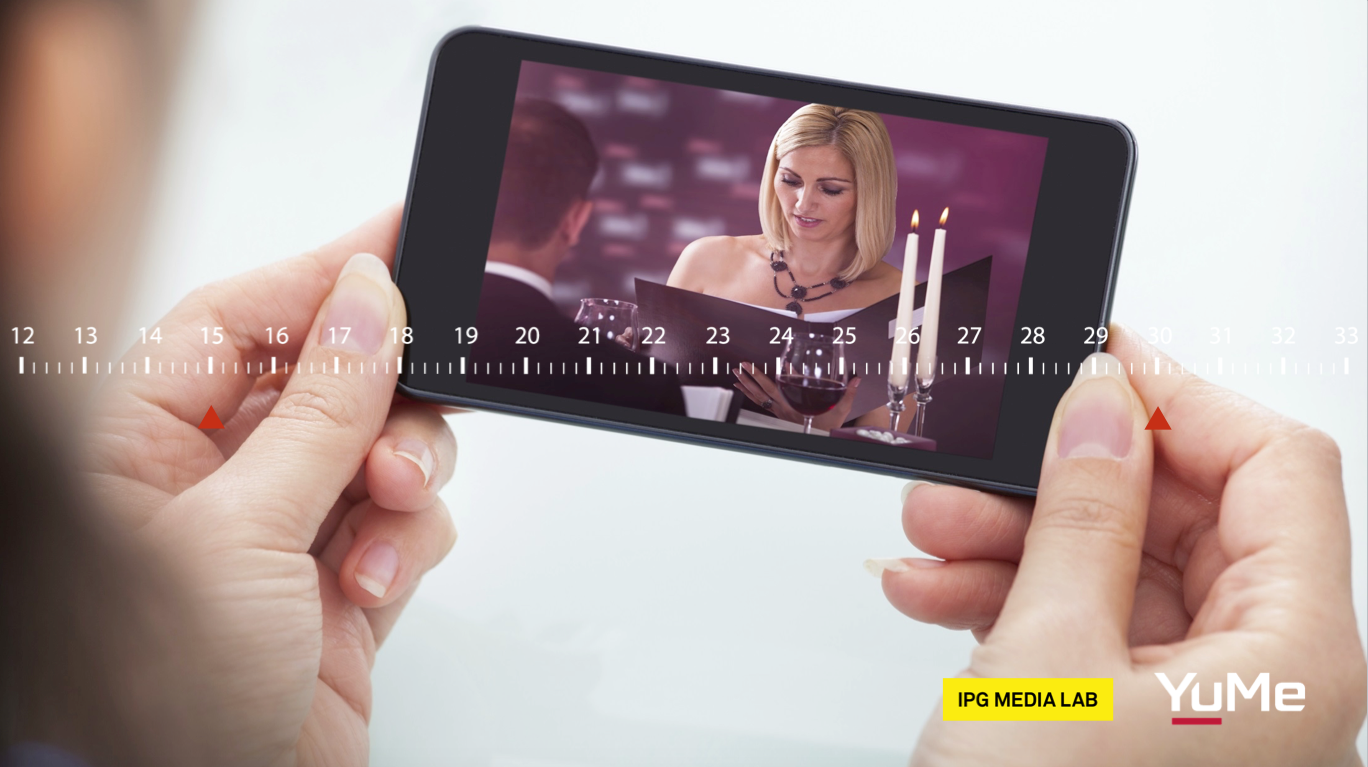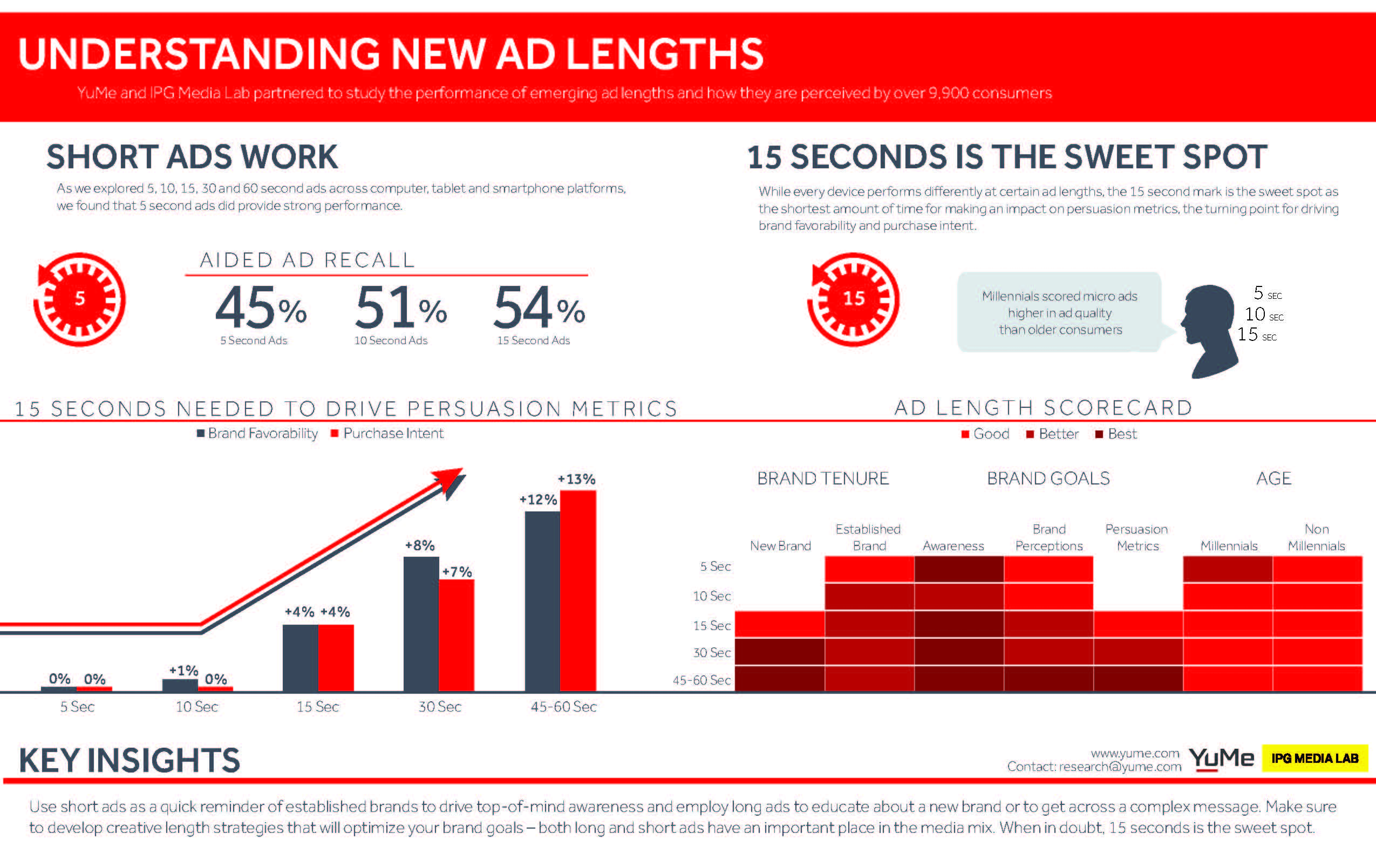What Happened
Spotify unveiled its first vertical video ad unit for mobile listeners to appeal to mobile advertisers. Brands advertisers can purchase the mobile-optimized unit in Branded Moments, an ad product Spotify recently introduced that lets brands target users based on the context and mood they are in. The idea is to infer the context a user is in based on the type of playlist they are listening to. Playlists are divided into categories such as workout, party, dinner, and sleep. Users who watch the vertical video ads will receive 30-minutes of audio ad-free listening, but they may still see additional display ads. Brands such as Bacardi, Gatorade, and Bose are among the first to try out this new ad unit.
Why Brands Should Care
This is not the first time Spotify has come out with a product that aims to sell brands on playlist-based targeting. In May the music streaming service launched “Sponsored Playlists” which allow brands to sponsor popular playlists to reach a bigger audience on its platform. The welcome addition of vertical video ads offers Spotify advertisers a way to deliver a more eye-catching experience to mobile consumers.
Spotify is facing increased competition lately, as Pandora and Amazon both launched their own music streaming subscription services this week. Nevertheless, with 70 million global listeners on its ad-supported free tier and a growing portfolio of ad products, Spotify remains in a relatively advantageous market position and is a valuable emerging marketing channel for brands to reach their target audiences.
Source: AdAge





